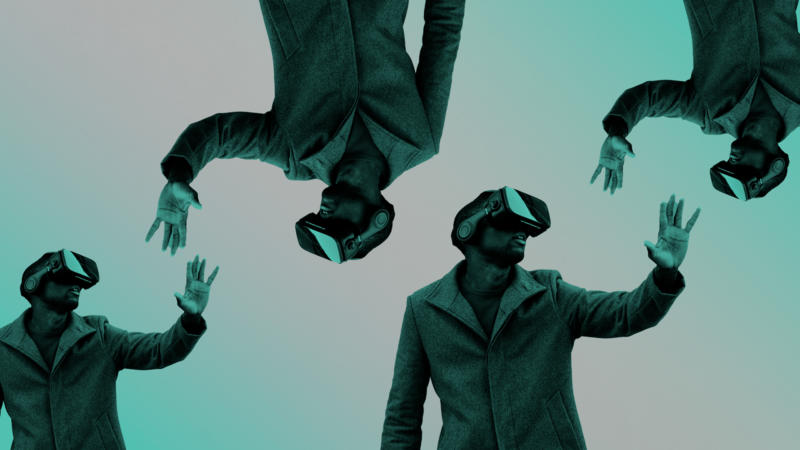For many people, the metaverse offers a better, more idyllic world; the world as we’d like it to be. But sadly, human weaknesses often follow us into the virtual realm — and that fact can easily extend to those who help create the metaverse.
Without realizing it, harmful preconditions can be easily built into the software that perpetuates stereotypes and prevents metaverse users from enjoying a more inclusive and equal virtual experience. It’s been proven that biases, cultural and ethnic assumptions, and even racism impact the technologies used in digital animation for motion pictures and video games. Those traits can also affect companies that serve the metaverse.
Where to Start
One of the big challenges right now is gender diversity. If avatar creation tools simply offer a choice between male and female, for example, they don’t allow those who are non-binary to make a choice consistent with who they are. Simply adding an “other” option doesn’t help much because it conveys that people are either one of the two “normal” choices, or they’re an anomaly. Nor does moving away from humanoids in favor of aliens, monsters, and animals, which simply circumvents the issue.
The ambition of the metaverse should be to give a person complete freedom to express themselves. That should include the ability to not only be their true self but also for that identity and reality to garner respect.
Inclusion Throughout the Development and Design Process
Ensuring an inclusive avatar environment is a multi-level process. Choosing hair, for example, should not assume or promote a particular quality. Oftentimes clicking on “hair” takes the user to strand-based hair, which is common to white or Asian individuals, and not to any form of Black hair. Similarly, some lighting algorithms, by default, highlight light skin ahead of dark skin.
It can take a diverse group of artists to change this paradigm. Companies can begin by having female, Black, Hispanic, queer, non-binary, and special needs designers and creators on hand or on staff. This helps to curate not only appropriate content but also the subconscious messaging that accompanies it.
Apple, for example, was a leader in changing the norm in skin selection. Typically the skin tones selector in character creation tools goes from “light” to “dark,” which reflects an inherent bias. Apple flipped this, going from “dark” to “light.” A small change — but one that didn’t go unnoticed.
When our company, Tafi, designed its tools and collections for avatar creation, we made sure all content, regardless of gender norms, was interchangeable. Users can place a wedding dress or tutu on masculine characters, or a very formal tuxedo on feminine characters. Our flagship prototype characters, Victoria and Michael, are updated periodically; in a recent iteration Michael is in a wheelchair, and Victoria is deaf. We worked with a leading American Sign Language institute to create sign language animations, so Victoria could actually communicate in sign language. We also worked with an artist who is deaf to create realistic hearing aids.
On a more philosophical level, it’s also important for technologists to reach out in order to better understand diversity. Our team consults with a broad range of ethnic and cultural experts and organizations to improve representation, remove unconscious bias and pursue more inclusive avatar standards. The goal is to develop tools that allow individuals to portray themselves as they see fit, rather than by how someone else would define them.
Closing the Gap
Biases and assumptions are insidious. They exist even in those who believe they operate at a higher level. We’re still in the early days of improving the status quo; much work still needs to be done to close the gap between how the metaverse currently delivers on identity, and what can be done technically to improve the situation.
What unites many avatar creation providers, however, is a shared vision that all representation matters, that diversity matters, and that inclusion matters. It’s impossible for anyone to fully grasp the struggles, priorities, or aspirations of others — so it’s our job to listen and provide the best solutions possible. The metaverse is a statement about the world as we’d like it to be. Someday, the reality will match the aspiration.
—
Opinions are the writer’s own and not those of AfroTech.

